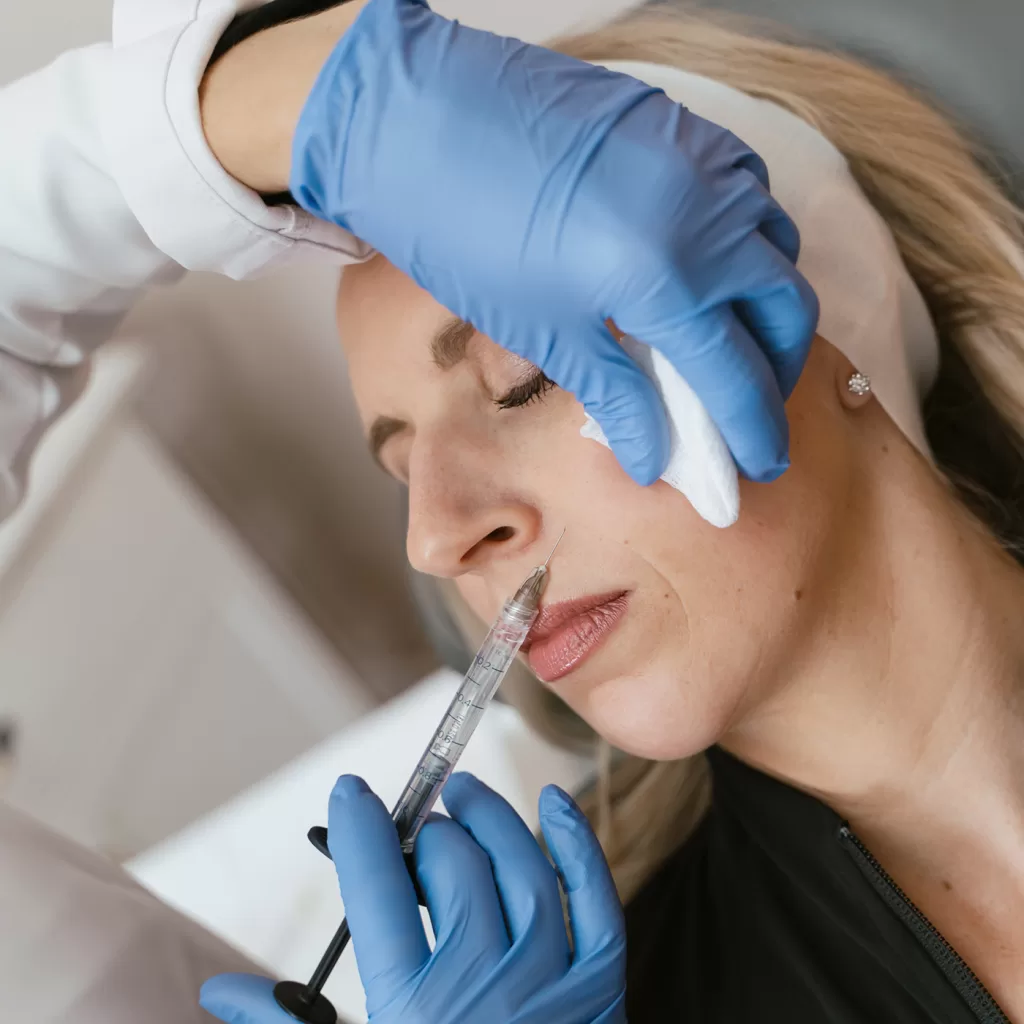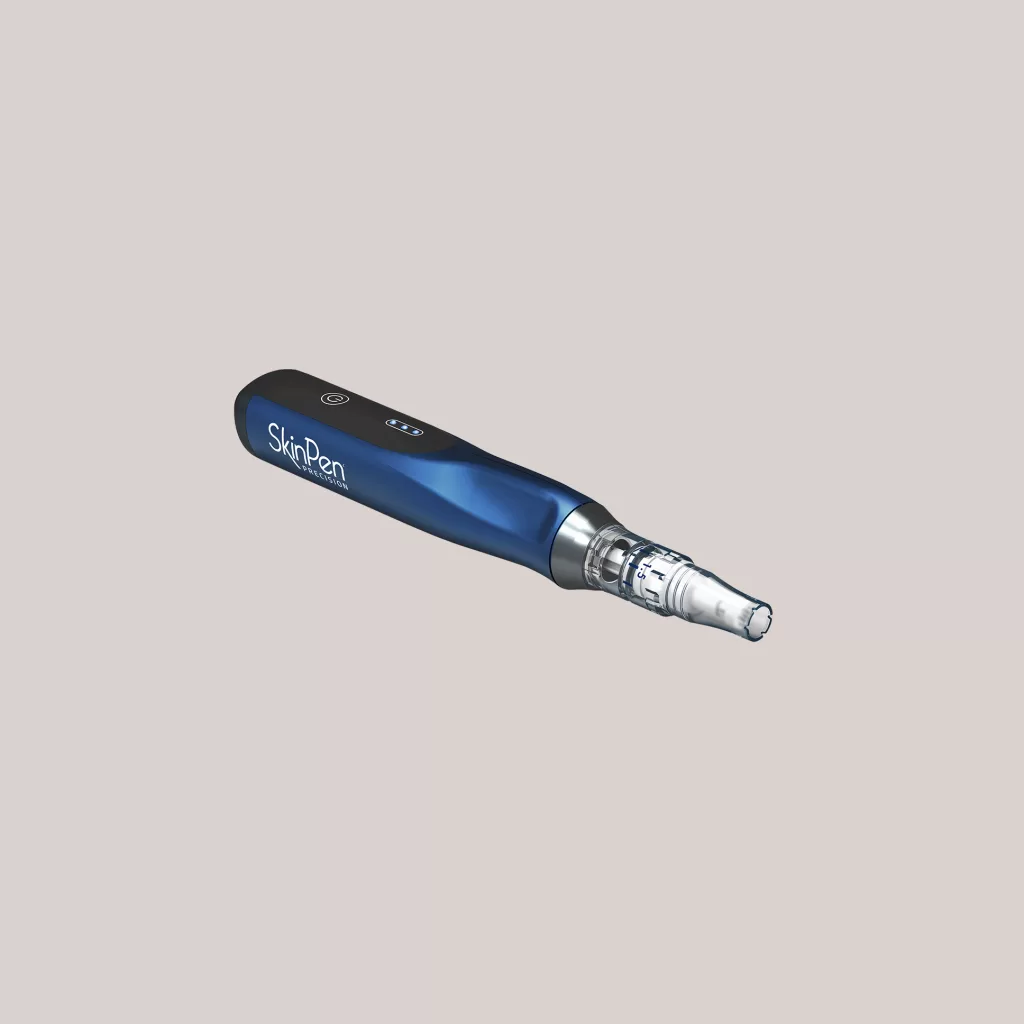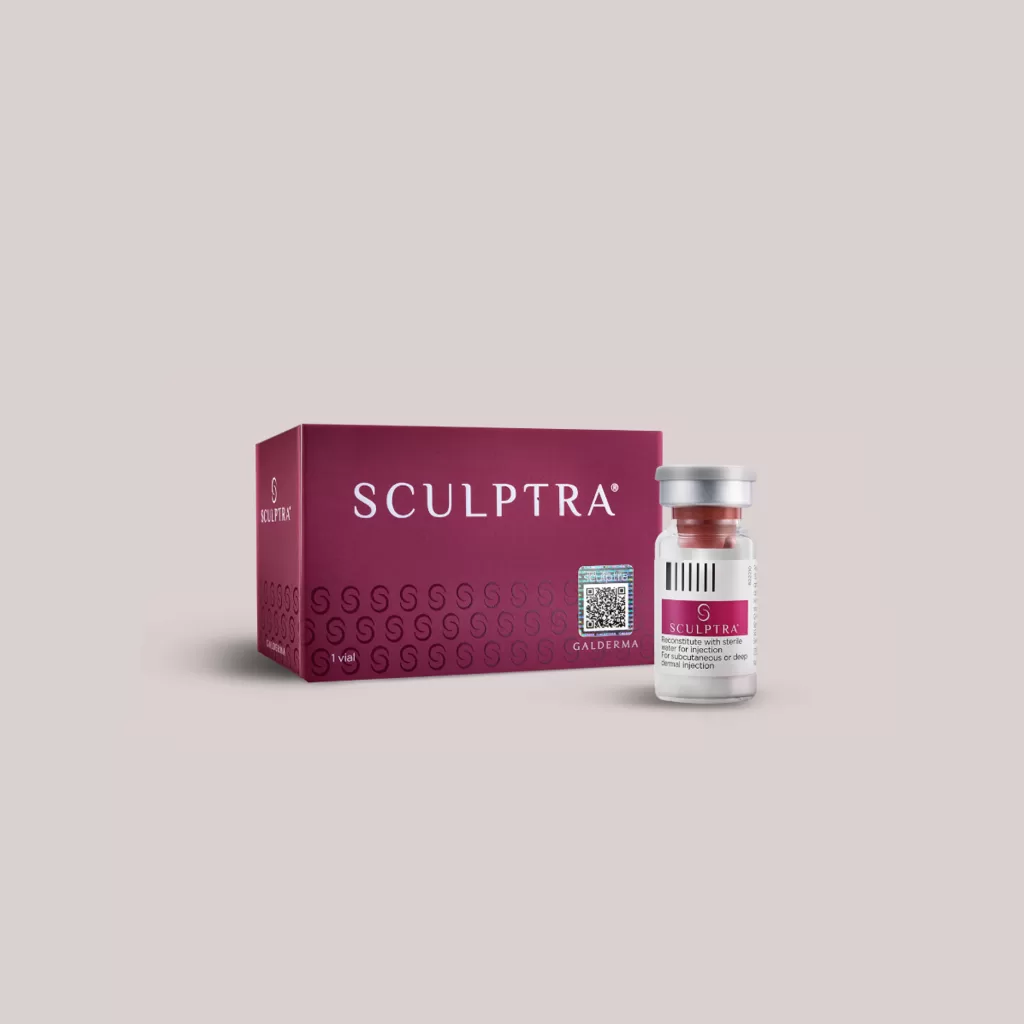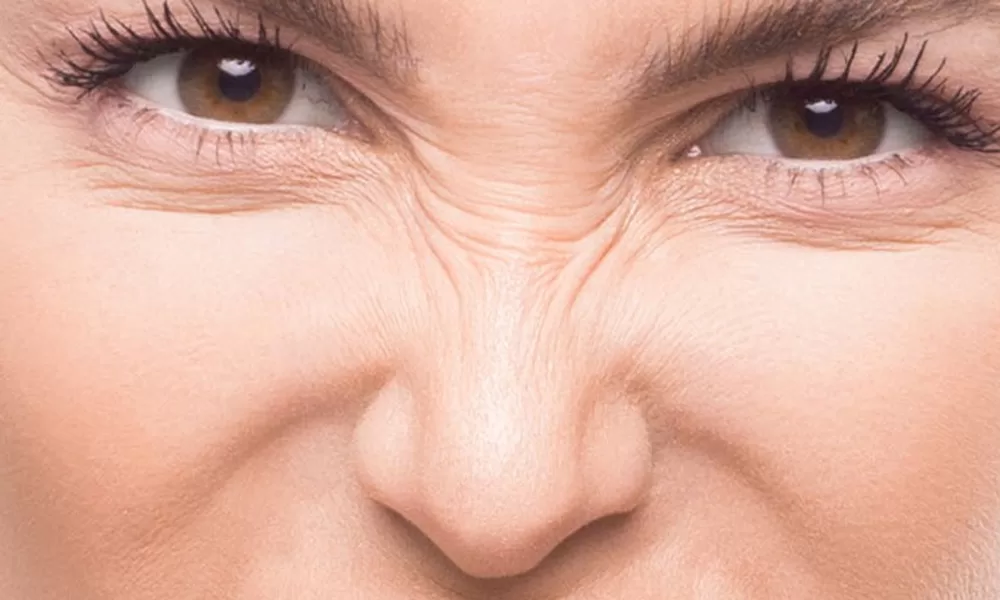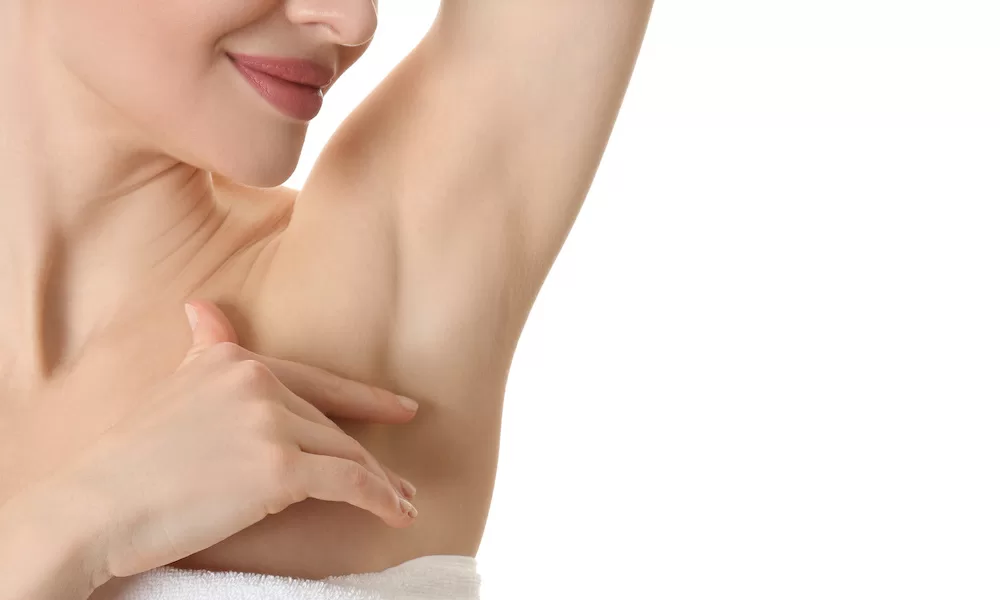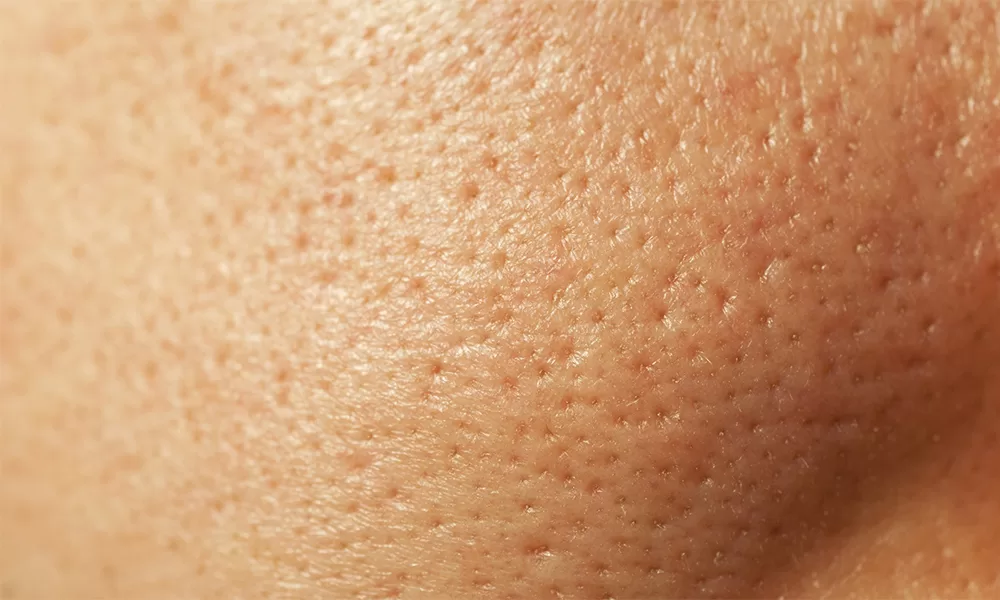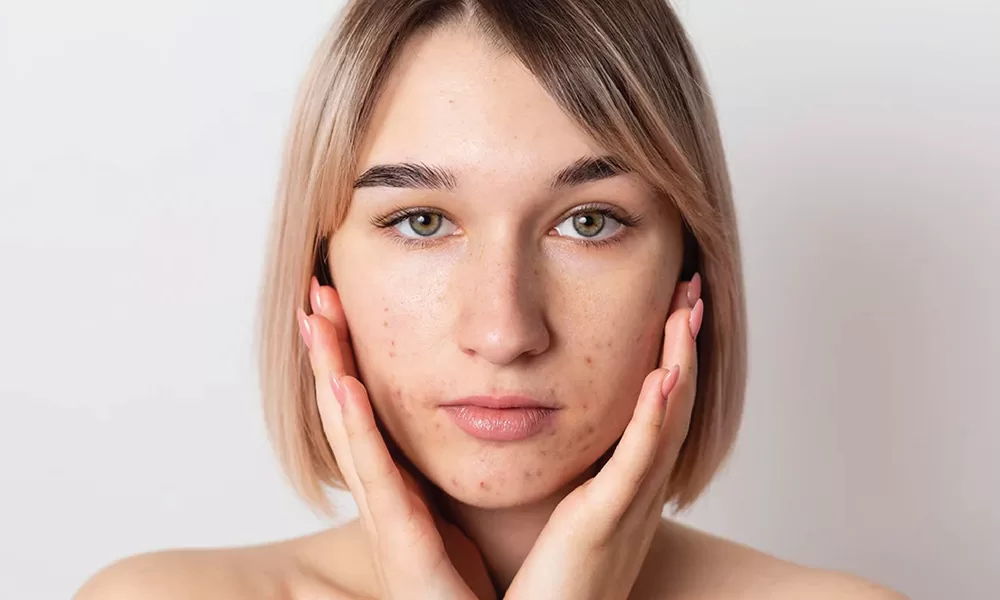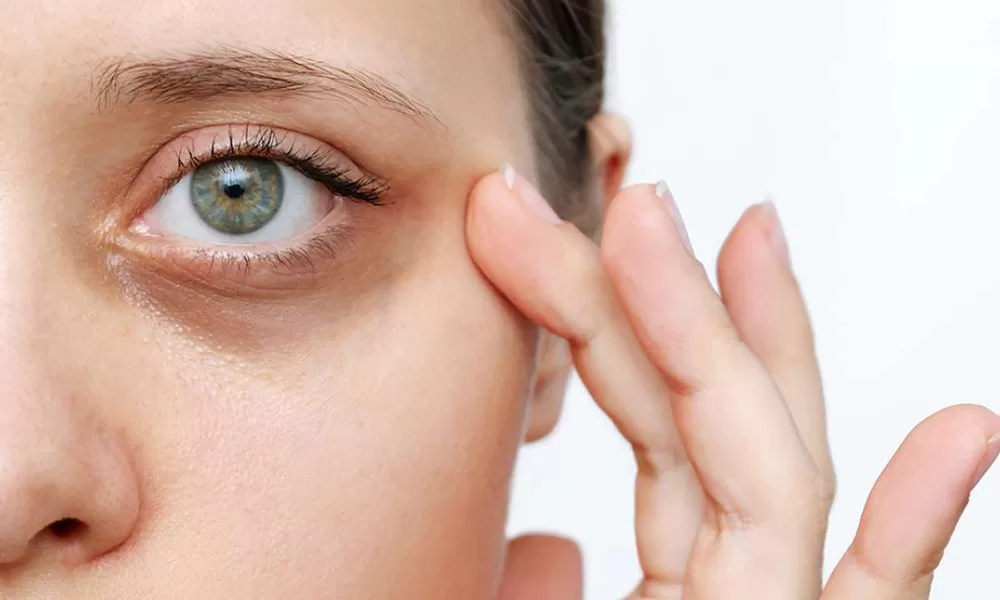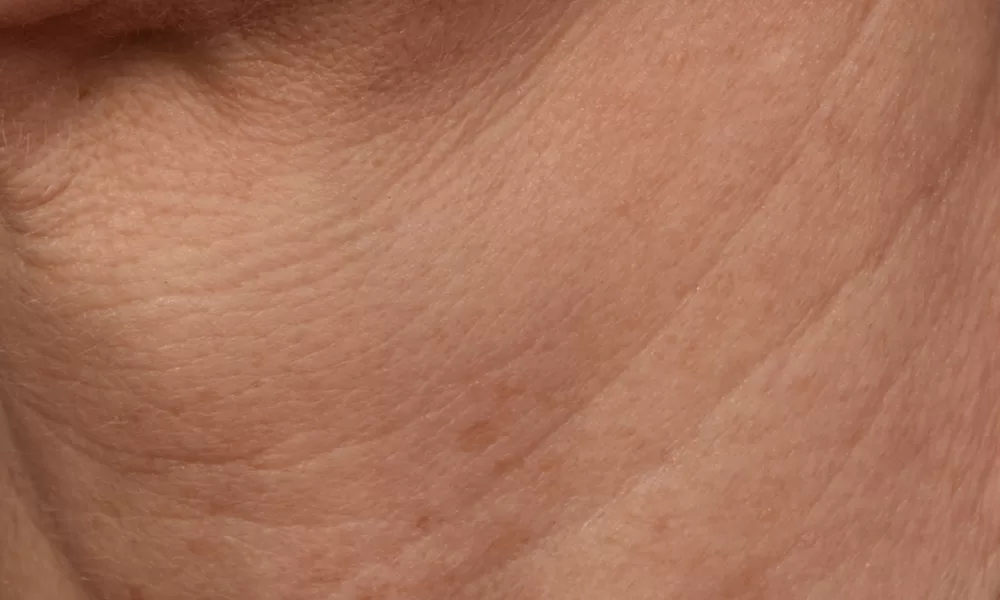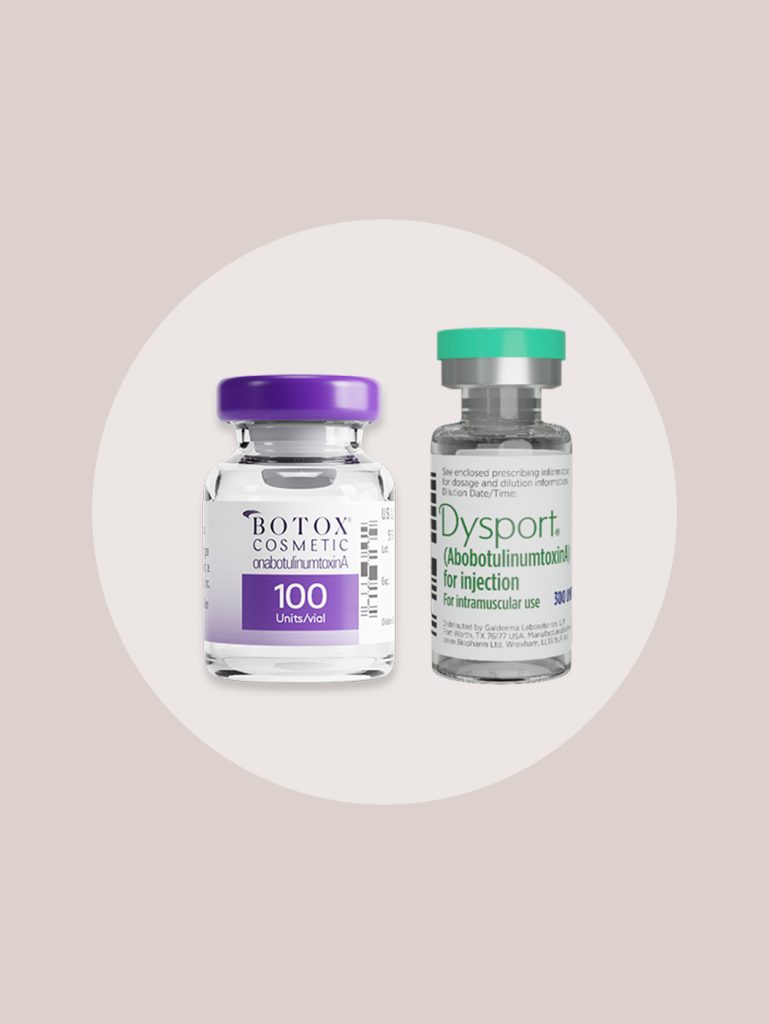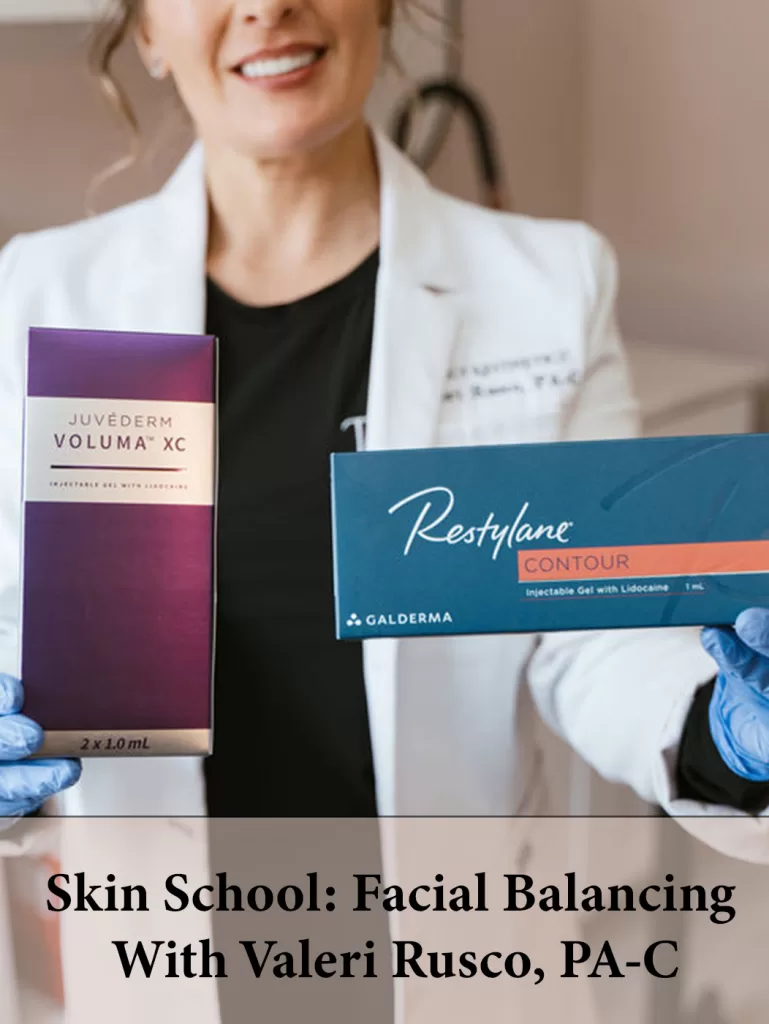At Direct Aesthetics, we understand the impact that nasolabial folds can have on your appearance and confidence. That’s why we offer a range of advanced treatments to address this common concern. Our experienced healthcare providers will carefully assess your individual needs and goals during a personalized consultation.
Depending on your unique anatomy and desired outcome, we may recommend treatments such as dermal fillers, Botox, or other innovative solutions. With our expertise and state-of-the-art techniques, we strive to deliver natural-looking results that enhance your facial contours and rejuvenate your overall appearance.
Say goodbye to prominent nasolabial folds and hello to a smoother, more youthful complexion with Direct Aesthetics.
What are nasolabial folds?
Nasolabial folds, often referred to as smile lines or laugh lines, are the deep creases that extend from the sides of the nose to the corners of the mouth. They become more pronounced with age as the skin loses elasticity and volume, resulting in a visible indentation along the midface. Nasolabial folds can contribute to an aged or tired appearance, prompting many individuals to seek treatments to reduce their prominence and restore a more youthful look.
What causes nasolabial folds?
The formation of nasolabial folds can stem from various factors unique to each individual. Aging and the resulting loss of skin elasticity, along with repetitive facial expressions, are common contributors. Additionally, natural nasolabial folds may occur due to underdevelopment of the bones in the upper jaw, resulting in a dented nasal base or a convex mouth shape.
Nasolabial folds develop primarily due to a combination of factors related to the natural aging process. These include:
Dented nasal base / convex mouth
A common cause of nasolabial folds, this condition is often influenced by bone structure. Individuals with a more dented nasal base may experience deeper folds due to the height disparity between the nasal base and mouth. Aging exacerbates this effect as bone and soft tissue loss occur, leading to deeper folds over time.
Loss of skin elasticity
As we age, the skin gradually loses its elasticity, leading to a reduction in its ability to bounce back and maintain firmness.
Decreased collagen production
Collagen, a protein responsible for skin structure and support, diminishes over time, contributing to the formation of wrinkles and folds.
Loss of facial fat
Aging contributes significantly to sagging skin as collagen, moisture retention, and fat content decrease. This weakening of the skin’s structure can result in sagging, indicating a weakened fascia unable to support fat pads properly, which can accentuate the appearance of nasolabial folds.
Repetitive facial movements
Dynamic nasolabial folds can transition into static folds due to repeated facial movements such as smiling or raising the forehead. Intense muscle contractions from exaggerated expressions can cause subcutaneous tissue breakage, deepening folds over time. Nasal muscle engagement during frequent laughter or lip pursing can also contribute to fold formation.
Environmental factors and lifestyle
Air pollution, UV radiation from sunlight, and prolonged exposure to electronic device screens generate free radicals that accelerate skin aging. Metallic dust particles in the air under UV light exposure stimulate free radical production, leading to dull skin and uneven tone. Additionally, an unhealthy lifestyle, characterized by poor diet and inadequate skincare, further accelerates skin aging and fold formation.
Genetics
Some individuals may be genetically predisposed to developing more prominent nasolabial folds, regardless of age or lifestyle factors.
Sleeping positions
Certain sleeping positions can contribute to the formation of sleep wrinkles, caused by facial compression and stretching during sleep rather than muscle movement.
Rapid weight loss
Rapid weight loss can lead to nasolabial fold development as the sudden reduction in collagen support results in skin laxity and fold formation. Celebrities and individuals experiencing rapid weight loss may notice the appearance of nasolabial folds as a consequence.
Related: How Weight Loss Changes Your Face
Types of nasolabial folds
Nasolabial folds, the lines that run from the sides of the nose to the corners of the mouth, are a common concern for many individuals seeking to rejuvenate their appearance. Nasolabial folds can vary in characteristics and severity, which often depend on factors such as genetics, aging, skin type, and lifestyle habits. These folds can be categorized into five main types based on their severity and characteristics:
1. Dynamic
Dynamic nasolabial folds are often referred to as expression lines and are visible only during facial movements or expressions. They form as a result of repeated muscle contractions, such as smiling or laughing, which create temporary creases in the skin. In younger individuals, dynamic folds may disappear when the face is at rest. However, over time, dynamic folds can become more pronounced and transition into static folds.
2. Static
Static nasolabial folds are visible even when the face is at rest and are not solely dependent on muscle movement. These folds develop as a result of age-related changes in the skin, such as collagen and elastin loss, fat depletion, and decreased skin elasticity. Static folds deepen over time and can become more prominent, contributing to an aged or tired appearance.
3. Mild
Mild nasolabial folds are faint lines or creases that are barely noticeable and may only be visible upon close inspection. They are typically shallow and do not significantly alter the facial appearance.
4. Moderate
Moderate nasolabial folds are more visible and pronounced than mild folds. They may appear as distinct lines or creases extending from the sides of the nose to the corners of the mouth. These folds may become more noticeable with age and skin laxity.
5. Severe
Severe nasolabial folds are characterized by deep, pronounced lines that extend from the sides of the nose to the corners of the mouth. These folds may be more prominent in individuals with significant volume loss in the midface area or those who have experienced substantial skin laxity. Severe nasolabial folds can significantly impact facial aesthetics and may be a primary concern for individuals seeking cosmetic enhancement.
Understanding the different types of nasolabial folds is essential for developing an effective treatment plan tailored to each individual’s unique concerns and goals. Whether addressing dynamic lines with preventative measures or targeting static or severe folds with cosmetic interventions, a comprehensive approach can help individuals achieve a smoother, more youthful appearance.
Shape and contours of nasolabial folds
There are three main types of nasolabial folds based on their shape and appearance: concave, straight, and convex. Each type may require different approaches for treatment depending on its severity and the individual’s aesthetic goals. Concave, straight, and convex type nasolabial folds refer to the shape and contour of the lines that extend from the sides of the nose to the corners of the mouth:
1. Concave
Concave nasolabial folds have a sunken or inward appearance, creating a depression or hollow along the area between the nose and the mouth. These folds typically occur when there is volume loss in the cheeks or midface, causing the skin to sag inward. Concave folds can contribute to an aged or tired appearance and may be more pronounced in individuals with significant fat depletion or bone resorption in the midface area.
2. Straight
Straight nasolabial folds have a relatively flat or linear appearance, without significant curvature or contour along the length of the fold. These folds may appear less pronounced compared to concave or convex folds and can vary in depth and severity depending on individual anatomy and aging changes. Straight folds may develop due to a combination of factors, including skin laxity, muscle movement, and volume loss, but they lack the distinct concave or convex shape seen in other types of folds.
3. Convex
Convex nasolabial folds have a raised or outward appearance, forming a bulge or prominence along the area between the nose and the mouth. These folds typically occur when there is excess volume or fullness in the midface region, causing the skin to protrude outward. Convex folds may be more prominent in individuals with robust cheekbones or excessive soft tissue in the midface area, leading to a more rounded or youthful contour along the nasolabial fold.
The shape and contour of nasolabial folds can be influenced by factors such as genetics, aging, facial muscle activity, and skin elasticity. Additionally, individual facial anatomy and bone structure can contribute to variations in the appearance of nasolabial folds among different people.
Understanding the different types of nasolabial folds, including concave, straight, and convex variations, is essential for developing a tailored treatment approach to address individual concerns and achieve optimal aesthetic outcomes. Depending on the specific characteristics of the nasolabial folds, cosmetic treatments such as dermal fillers, facial volumization, or surgical procedures may be recommended to restore balance and harmony to the facial contours.
Treatment Options for Nasolabial Folds
Dermal fillers for smile lines
Juvederm and Restylane are popular hyaluronic acid-based dermal fillers that are commonly used to soften the appearance of nasolabial folds. Hyaluronic acid attracts and retains moisture, helping to add volume to the skin and smooth out wrinkles. Both Juvederm and Restylane are injected directly into the nasolabial folds to plump them up and create a smoother, more youthful contour. Results are typically immediate and can last from several months to over a year, depending on the specific product used.
Sculptra
Unlike Juvederm and Restylane, Sculptra is a collagen stimulator rather than a filler. It is made of poly-L-lactic acid, which helps to gradually stimulate the body’s own collagen production over time. When injected into the skin, Sculptra helps to restore lost volume and improve skin texture, including the reduction of nasolabial folds. While results may take a few weeks to become apparent, they can last for up to two years or more.
Microneedling
Microneedling is a minimally invasive cosmetic procedure that involves the use of a SkinPen microneedling device with fine needles to create tiny punctures in the skin. This process stimulates the skin’s natural healing response, leading to increased collagen and elastin production. Microneedling can improve the overall texture and tone of the skin, including reducing the appearance of nasolabial folds. Additionally, when combined with topical serums or growth factors, microneedling can enhance the results even further.
Botox for smile lines
Botox can be used to soften smile lines, although it is more commonly used to treat dynamic wrinkles caused by muscle movement, such as forehead lines and crow’s feet. Smile lines, also known as laugh lines, are static wrinkles caused by a combination of factors including age-related volume loss and repetitive facial movements. While Botox can’t directly address static wrinkles, it may be used in conjunction with dermal fillers to reduce the appearance of smile lines by relaxing the surrounding muscles and smoothing out the skin.
Nasolabial folds are a frequent aesthetic worry for many, but at Direct Aesthetics, we offer tailored treatments to combat them effectively. Specializing in nasolabial fold treatments, our goal is to help you attain smoother, more youthful skin.
Schedule a consultation with us to explore your objectives and find the optimal approach for your needs. With a personalized treatment plan, you can restore confidence in your appearance and revel in a revitalized complexion.
